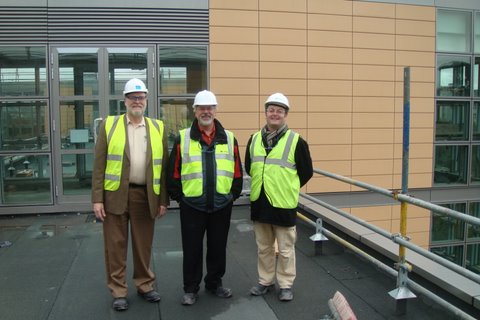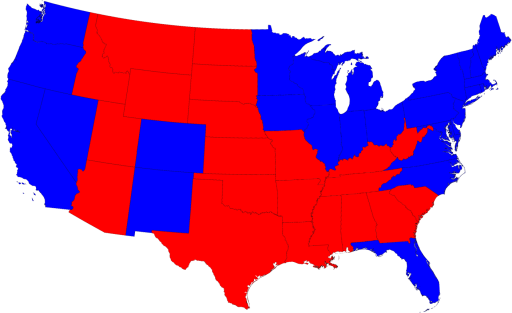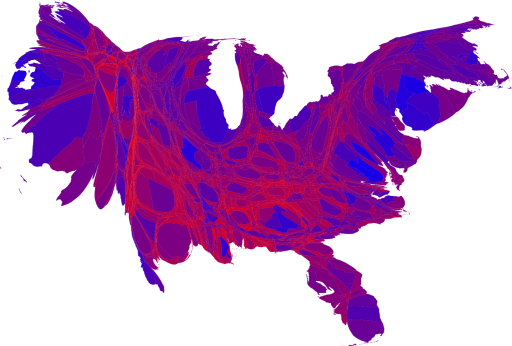A couple of weeks ago, I was in Europe and visited two different (yet similar) research groups. The first was in Oslo, Norway, where I visited the applied math group at SINTEF. I think the best US analogy to SINTEF is the RAND Corporation, a name with cold-war connotations, but still very active in providing research and analysis on public policy issues. The group I visited uses operations research approaches to solve a dizzying array of problems, most based in Norway. Some examples of what they do include clearing transactions on the Norwegian stock exchange, nurse rostering, forestry management, transportation scheduling and much more. They also provide schedules for the Norwegian Football League, so they wanted to chat with me on my sports scheduling experiences. In addition to the technical aspects, we talked about the challenges of working with sports leagues. Frustrations with sports leagues seems to be a world-wide phenomenon.

I was struck by the similarities between 4C and SINTEF, even though one is an academic institute and one is a nonprofit research center. Both are heavily engaged with problems of practical interest and both worry greatly about funding. Since I teach in a business school, funding is not much of a worry for me (at least until the MBA students stop coming), but I envy the real problems these groups work on, and the validation they get through their interactions with companies. I get that in my own work with sports leagues, but I saw a dozen problems I wish I was working on during my visits.
On a personal note, I enjoyed Oslo very much (and I always enjoy Cork). The weather was terrible, and the prices very high (even though the US dollar had gone up quite a bit). But the food was great (even the Lutefisk, helped by the huge amount of bacon served with it) and the people were great to talk to. Thanks to my hosts Tomas Nordlander (SINTEF) and Gene Freuder (4C) for having me out.



